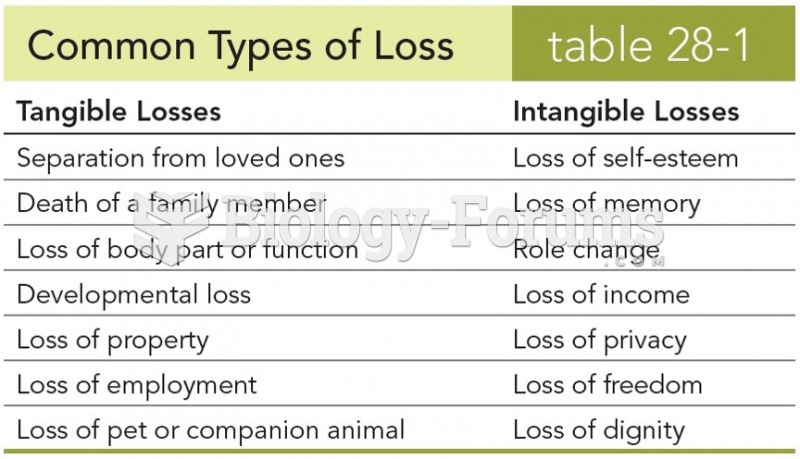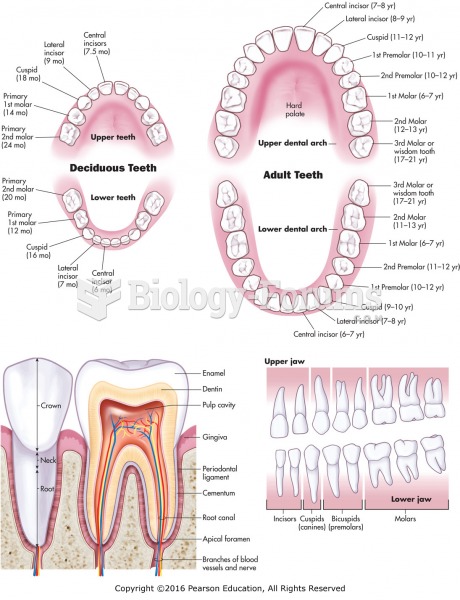Answer to Question 1
The three types of programs/initiatives that are designed to aid victims in coping with the criminal justice process include victim assistance programs, victim compensation programs, and victims' rights bills. Assistance programs are designed to help victims better navigate the court process. These programs, for example, encourage victim cooperation by reducing inconveniences faced by victims who appear in court. Such programs may also provide crisis intervention and help victims reclaim stolen property. Victim compensation programs are also designed to help victims. But, these programs focus on providing economic assistance for victims of violent crimes. As such, they provide reimbursement for some medical expenses and lost wages, but they do not provide for the reimbursement of stolen or damaged property. Also noteworthy is the reality that cumbersome procedures and strict eligibility requirements exclude many from receiving financial compensation. Victims' rights bills represent a third type of program (or initiative). In essence, proponents of rights bills aim to increase the rights of victims while minimizing the rights of defendants through court reform.
Answer to Question 2
Running Away
Many young girls bear a heavy load of emotional problems that lead them to run away from home and enter into a delinquent way of life on the streets. Studies of girls who are chronic runaways document significant levels of sexual and physical victimization. Although their offense behavior may not appear to be very serious, these girls may be fleeing from serious problems and victimization, some involving illegal behavior by adults, which in turn makes them vulnerable to subsequent victimization and engaging in other behaviors that violate the law such as prostitution, survival sex, and drug use.
Family Breakdown
Some girls suffer family breakdown, a condition that has long-term consequences. Some are placed outside the home early in childhood, and institutionalizatio n does little to help matters. Those sent away are much more likely to develop criminal records as adults than similarly troubled girls who manage to stay with their families throughout their childhood.
Trauma, Victimization, and Delinquent Paths
The prevailing research then shows that young girls are more likely to be the target of victimization and abuse than any other group. Recently, Kristin Carbone-Lopez and Jody Miller found that early victimizationinclud ing sexual abusemay help produce a precocious maturity that facilitates a young women's path into drug use and offending.







